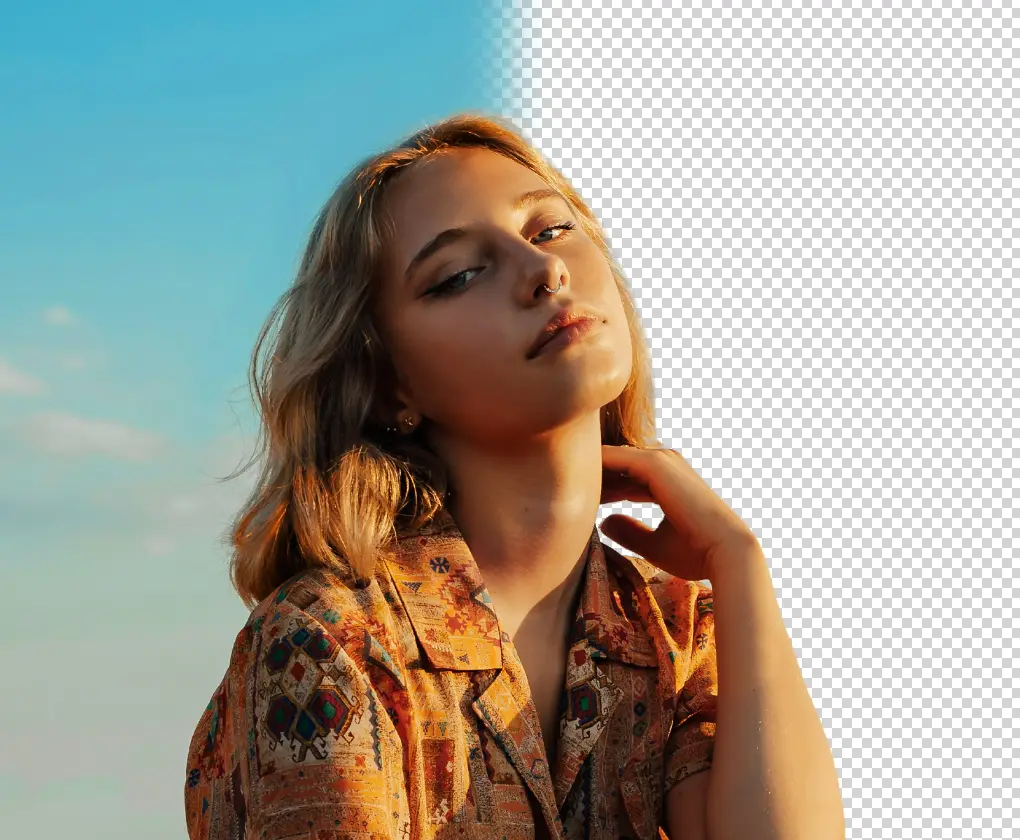In the ever-evolving realm of graphic design, the tools at our disposal have undergone a fascinating evolution. From the early days of pixelated simplicity to the sophisticated software we use today, the journey has been nothing short of remarkable. In this historical exploration, we’ll delve into the evolution of graphic design tools, paving the way for the revolutionary AI-powered solutions offered by Pixlr. This article aims to provide an unbiased analysis, spotlighting Pixlr’s strengths in comparison to industry giant Photoshop.
The Evolution of Graphic Design Tools
To truly appreciate the impact of Pixlr’s AI tools, let’s first take a stroll through the annals of graphic design history. Early graphic design tools were rudimentary, offering limited capabilities and often requiring a steep learning curve. As technology progressed, so did the tools, with software like Adobe Photoshop emerging as the go-to solution for professionals.
However, with great power came complexity. Photoshop, while undeniably robust, has a reputation for a steep learning curve and resource-intensive processes. This paved the way for a new era of design tools, with Pixlr at the forefront, harnessing the power of artificial intelligence.
For more details on the pricing, check the Pixlr pricing section.
Pixlr’s AI-Powered Tools: A Game-Changer in Graphic Design
- AI Image Generator: Pixlr’s AI Image Generator stands as a testament to the future of graphic design. This tool employs advanced algorithms to generate stunning visuals, saving designers valuable time and effort. The result? A creative process unencumbered by tedious tasks, allowing designers to focus on their artistic vision.
- Smart Resize: In the fast-paced world of design, adaptability is key. Pixlr’s Smart Resize feature uses AI to intelligently adjust the dimensions of an image without compromising quality. This innovation streamlines workflows, offering designers the flexibility to repurpose their creations effortlessly.
- Batch Editor: Time efficiency is a hallmark of Pixlr’s AI-powered tools. The Batch Editor feature allows users to apply changes to multiple images simultaneously. This not only expedites the editing process but also ensures consistency across a series of designs—a true boon for professionals working on large projects.
- AI Infill: Forget about painstakingly filling in areas in your design—Pixlr’s AI Infill does it for you. This tool intelligently identifies and fills gaps or backgrounds, delivering impeccable results in a fraction of the time it would take manually.
- Remove BG: Background removal is a common task in graphic design, and Pixlr’s AI-driven ‘Remove BG’ feature does it seamlessly. The precision of this tool rivals manual techniques, showcasing the prowess of AI in simplifying intricate tasks.
Pixlr vs. Photoshop: A Fact-Based Comparison
While Photoshop has long been synonymous with graphic design, Pixlr’s AI tools present a compelling alternative. Pixlr’s offerings are designed with user-friendliness in mind, catering to both seasoned professionals and newcomers to the design landscape. The intuitive interfaces and streamlined processes of Pixlr’s tools make them accessible without compromising on functionality.
Pixlr’s commitment to innovation is evident in its AI-powered features, addressing pain points that designers commonly face. In contrast, Photoshop, while powerful, can be overwhelming for those not well-versed in its intricacies.
Conclusion
As we witness the evolution of graphic design tools, Pixlr emerges as a frontrunner, challenging the status quo with its AI-powered suite. This article has endeavored to present an unbiased analysis, highlighting the efficiency, user-friendliness, and innovation inherent in Pixlr’s offerings. For those seeking to elevate their graphic design projects, Pixlr beckons—a cutting-edge solution that propels design into the next generation.
Related Posts
Hi there! I’m Sethu, your go-to guy for all things tech, travel, internet, movies, and business tips. I love sharing insights and stories that make life more interesting. Let’s explore the world together, one article at a time!











